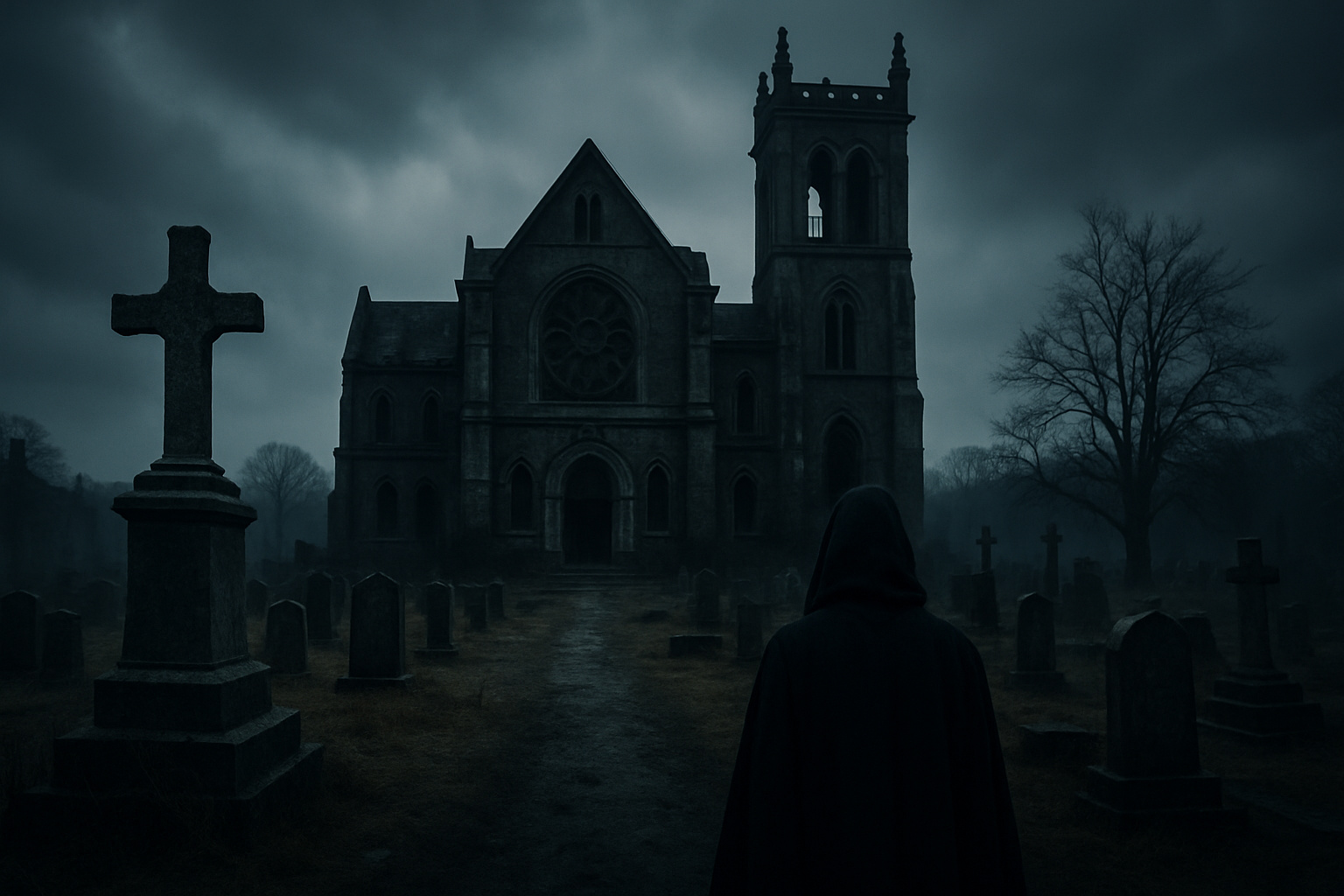
In recent years, dark tourism, defined as travel to places historically associated with death and tragedy, has gained significant interest. By 2025, this niche form of tourism has not only grown in popularity but also in the depth of experiences it offers, providing unique perspectives on historical events and their lasting impacts. This article delves into the concept of dark tourism, exploring why these somber sites captivate so many and how to navigate the complexities of choosing destinations that are respectful and enlightening.
Dark tourism challenges the traditional concepts of travel, encouraging visitors to confront uncomfortable histories and reflect on the darker sides of humanity. Such destinations include former battlefields, disaster zones, and sites of significant atrocities. Choosing the right destination within dark tourism involves a deep understanding of one's own interests and boundaries concerning the gravity of human history. For those new to this type of travel, it's crucial to start with sites that offer comprehensive educational information and context to help process the experience.
Examples of notable dark tourism sites include Auschwitz-Birkenau in Poland, the site of the former Nazi concentration and extermination camp; the Chernobyl Exclusion Zone in Ukraine, where visitors witness the aftermath of one of the worst nuclear disasters in history; and the Killing Fields of Cambodia, a sobering reminder of the horrors of the Khmer Rouge regime. Each site offers a different perspective on human history, governance, and ethics, necessitating different approaches and preparations.
Understanding and preparing for a visit involves researching the historical context of the site, current local sentiments, and the logistics of the visit. Sites like Hiroshima Peace Memorial Park in Japan not only provide historical insights but are also pivotal in education about peace and reconciliation. Contrastingly, regions affected by more recent events, such as the 9/11 Memorial in New York, might resonate differently with visitors due to the continuing global political implications.
Maintenance and ownership costs in dark tourism are generally not borne by the tourist but understanding these aspects can enrich the visit. Many of these sites are preserved as historical monuments and may require entrance fees or donations which contribute to their upkeep and educational programs. The economic aspects, such as funding sources for these sites, also offer insights into how different societies value and learn from their past.
In choosing a destination, potential travelers should consider their own emotional and psychological readiness to face these harsh realities, as well as the educational value they hope to gain. Contributing to the local economy, respecting local customs, and adhering to site guidelines are all crucial aspects of engaging in dark tourism responsibly. It’s also advisable to follow guided tours where available, to gain more comprehensive insights and context.
Ultimately, engaging with dark tourism destinations is a powerful way to confront our global history. It challenges individuals to think critically about the past and its influence on the present and future, adding a profound dimension to the concept of travel as a tool for global understanding and empathy.
Understanding dark tourism involves an appreciation of the delicate balance between education and respect when visiting sites associated with tragedy. By choosing destinations aligned with personal learning goals and preparation levels, and observing local norms and guidelines, travelers can undertake a thoughtful journey that not just commemorates past atrocities but also enhances personal understanding of historical and cultural complexities. Remember to always approach such sites with the reverence they merit, ensuring a respectful and deeply personal experience.



